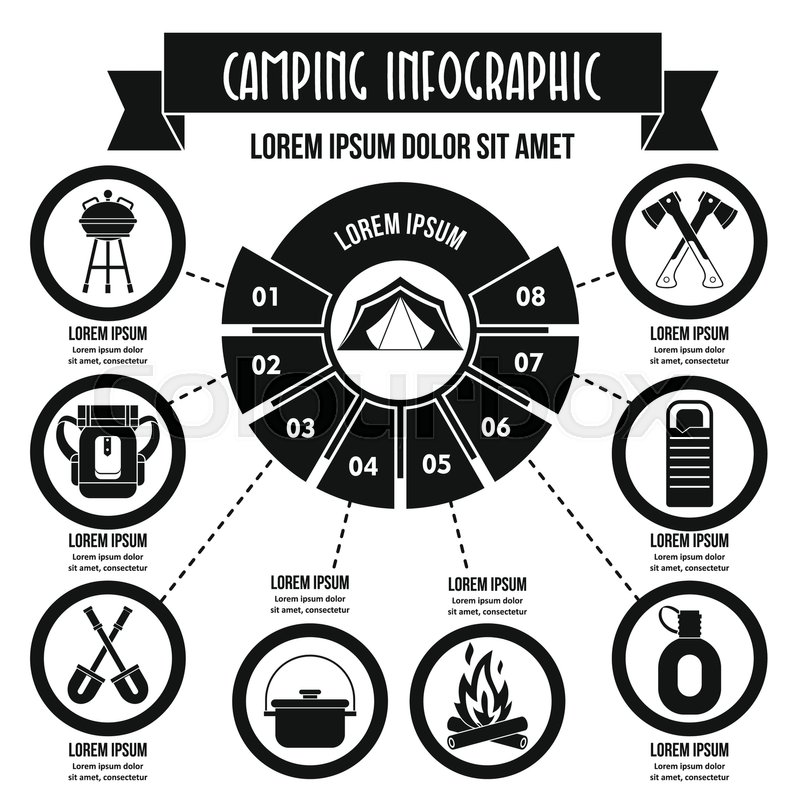Winter season outdoor camping is a fun and daring experience, however it needs appropriate equipment to ensure you stay cozy. You'll need a close-fitting base layer to catch your temperature, along with a shielding jacket and a water-proof shell.
You'll likewise need snow stakes (or deadman anchors) buried in the snow. These can be tied using Bob's clever knot or a normal taut-line drawback.
Pitch Your Outdoor tents
Winter months outdoor camping can be an enjoyable and adventurous experience. However, it is essential to have the proper equipment and recognize just how to pitch your camping tent in snow. This will avoid cold injuries like frostbite and hypothermia. It is additionally vital to consume well and stay hydrated.
When setting up camp, see to it to select a website that is sheltered from the wind and free of avalanche threat. It is likewise a great idea to load down the location around your camping tent, as this will help in reducing sinking from temperature.
Before you set up your outdoor tents, dig pits with the very same dimension as each of the anchor factors (groundsheet rings and person lines) in the center of the tent. Load these pits with sand, rocks and even stuff sacks loaded with snow to small and secure the ground. You may additionally wish to consider a dead-man support, which includes tying outdoor tents lines to sticks of timber that are buried in the snow.
Load Down the Area Around Your Tent
Although not a need in a lot of areas, snow risks (likewise called deadman anchors) are a superb enhancement to your tent pitching package when camping in deep or compressed snow. They are primarily sticks that are developed to be buried in the snow, where they will certainly freeze and create a strong anchor point. For ideal outcomes, make use of a clover drawback knot on the top of the stick and hide it in a few inches of snow or sand.
Set Up Your Tent
If you're camping in snow, it is a good idea to use a tent made for winter season backpacking. 3-season tents work great if you are making camp listed below timber line and not expecting particularly severe weather, but 4-season tents have sturdier posts and textiles and supply even more protection from wind and hefty snowfall.
Be sure to bring appropriate insulation for your sleeping bag and a cozy, completely dry inflatable floor covering to sleep on. Inflatable floor coverings are much warmer than foam and help avoid cool areas in your outdoor tents. You can also add an added floor covering for sitting or cooking.
It's likewise a good idea to establish your tent near to an all-natural wind block, such as a group of trees. This will make your camp a lot more comfy. If you can't discover a windbreak, you can develop your own by digging holes and burying things, such as rocks, tent stakes, or "dead man" anchors (old camping tent person lines) with a shovel.
Restrain Your Outdoor tents
Snow risks aren't necessary if you utilize the best methods to secure your camping tent. Hidden sticks (possibly gathered on your strategy walk) and ski posts function well, as does some variation of a "deadman" hidden in the snow. (The concept is to develop an anchor that is so strong you tent setup won't be able to pull it up, despite a great deal of initiative.) Some manufacturers make specialized dead-man anchors, however I like the simpleness of a taut-line drawback linked to a stick and then buried in the snow.
Know the terrain around your camp, particularly if there is avalanche risk. A branch that falls on your camping tent can harm it or, at worst, wound you. Additionally watch out for pitching your outdoor tents on an incline, which can trap wind and lead to collapse. A sheltered area with a low ridge or hill is better than a steep gully.
